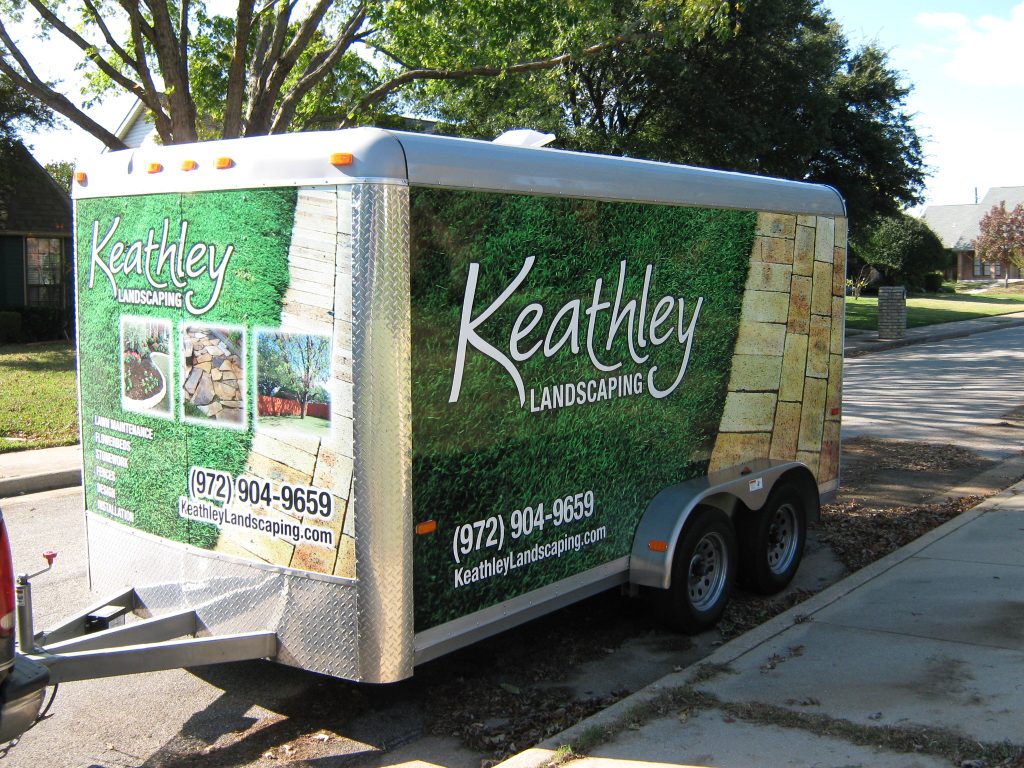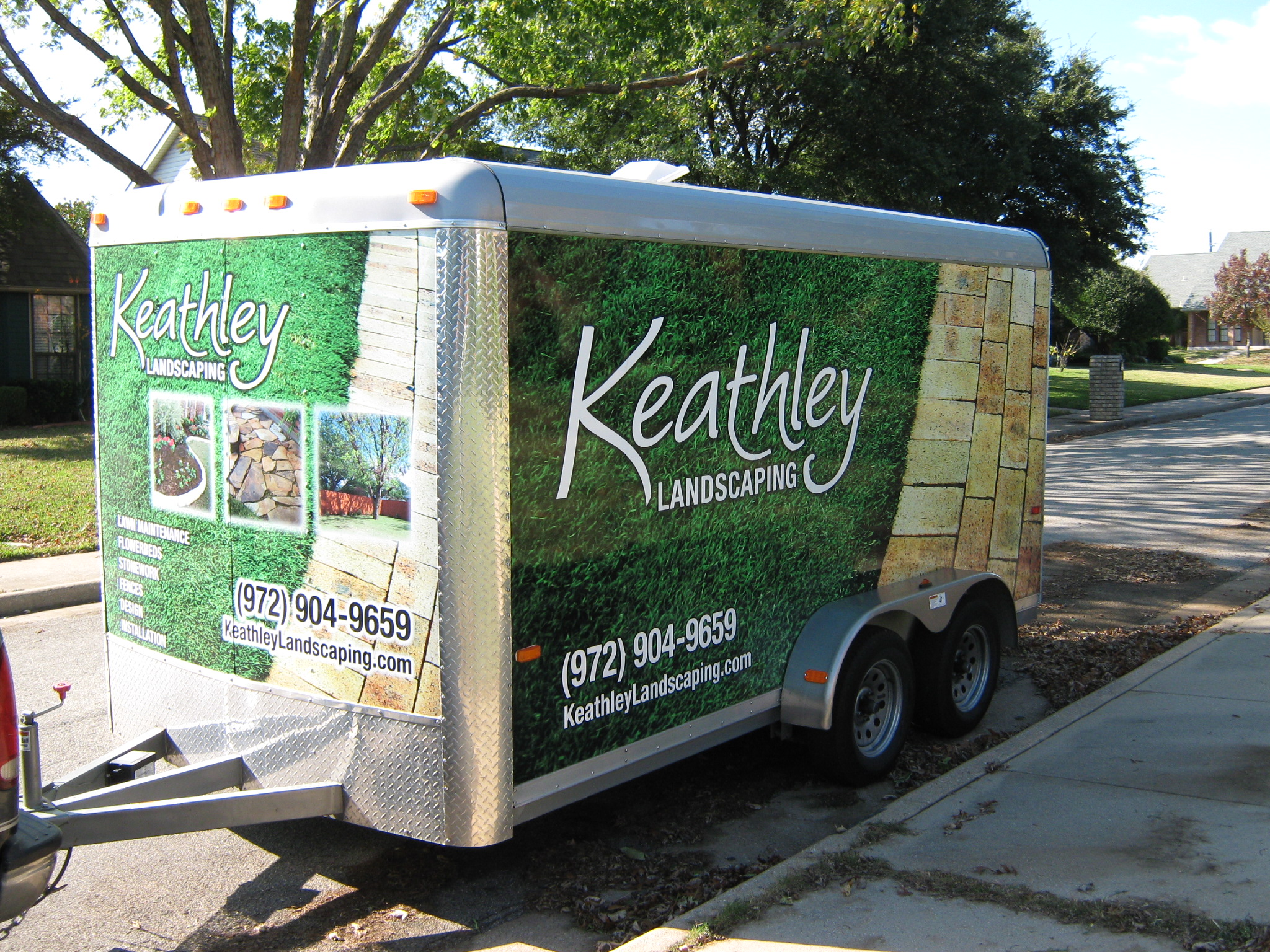Yard Drainage: How to Work with Natural Slopes and Contours 🌿
Have you ever looked at your yard after a rainstorm and wondered if it’s ever going to dry out? If you’re nodding along, you’re not alone. Proper yard drainage can be a real puzzle, especially when you’ve got natural slopes and contours to deal with. But fear not! With a few clever strategies, you can transform your soggy lawn into a beautifully drained paradise. Let’s dive in!
Table of Contents
1. Understanding Your Yard’s Natural Terrain 🗺️
2. Strategies for Effective Yard Drainage 💧
3. Choosing the Right Plants for Drainage 🌱
4. Conclusion: Embrace Your Landscape
5. FAQs
Understanding Your Yard’s Natural Terrain 🗺️
Before jumping into solutions, it’s essential to understand your yard’s natural layout. This includes identifying slopes, contours, and low spots. Walk around your yard after a rainfall and take note of where the water collects. These observations will guide your drainage strategy.
Natural slopes can either work for or against you. When properly managed, they can help direct water away from your home and garden. If ignored, they may lead to water pooling in unwanted areas. So, let’s harness those slopes to your advantage!
Strategies for Effective Yard Drainage 💧
A. French Drains
French drains are fantastic for redirecting water flow. By installing a trench filled with gravel and a perforated pipe, you can effectively guide water away from problematic areas. This solution is particularly useful for yards with slight slopes.
B. Dry Creek Beds
If you’re looking to add some aesthetic appeal while managing water flow, consider a dry creek bed. These act as natural channels for rainwater, turning a potentially muddy mess into a beautiful feature of your landscape.
C. Swales
Swales are shallow, broad channels that follow the contours of your yard. They slow down water flow and direct it to designated areas, such as a rain garden or a pond. This method is excellent for gentle slopes and helps prevent erosion.
Choosing the Right Plants for Drainage 🌱
Plants can play a crucial role in managing yard drainage. Consider adding native plants that thrive in wet conditions. These can help absorb excess water, reducing runoff and improving soil stability. Some great choices include:
🌼 Blue Flag Iris: Ideal for wet areas, adding a splash of color.
🌿 Sedges: Hardy and adaptable, perfect for various moisture levels.
🌳 Willows: Excellent for larger areas, their roots help soak up water.
Conclusion: Embrace Your Landscape
By working with your yard’s natural slopes and contours, you can create a drainage system that not only prevents waterlogging but also enhances the beauty of your outdoor space. Remember, nature is your ally in this endeavor. With the right approach, your yard will thrive, rain or shine!
FAQs
1. How can I tell if my yard needs better drainage?
If water pools in specific areas after rain and takes a long time to drain, it’s a sign that you may need to improve your yard’s drainage.
2. Are French drains difficult to install?
While installation requires some digging and planning, French drains are a manageable DIY project with the right tools and resources.
3. What is the best time of year to tackle drainage projects?
Spring or early summer is ideal for drainage projects, as the ground is typically softer and easier to work with.
4. Can I combine different drainage solutions?
Absolutely! Combining methods like French drains, dry creek beds, and swales can provide a comprehensive drainage solution tailored to your yard’s needs.
Remember, each yard is unique. Taking the time to understand your land’s natural features can lead to a more effective and aesthetically pleasing drainage solution. Happy landscaping! 🌿






































Recent Comments